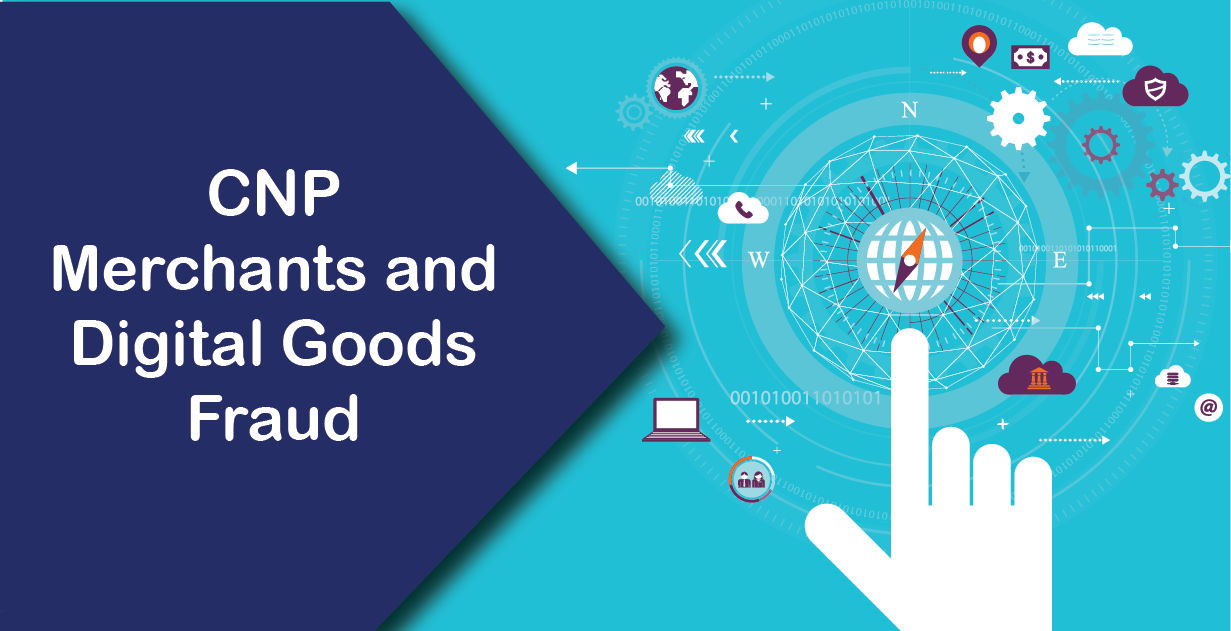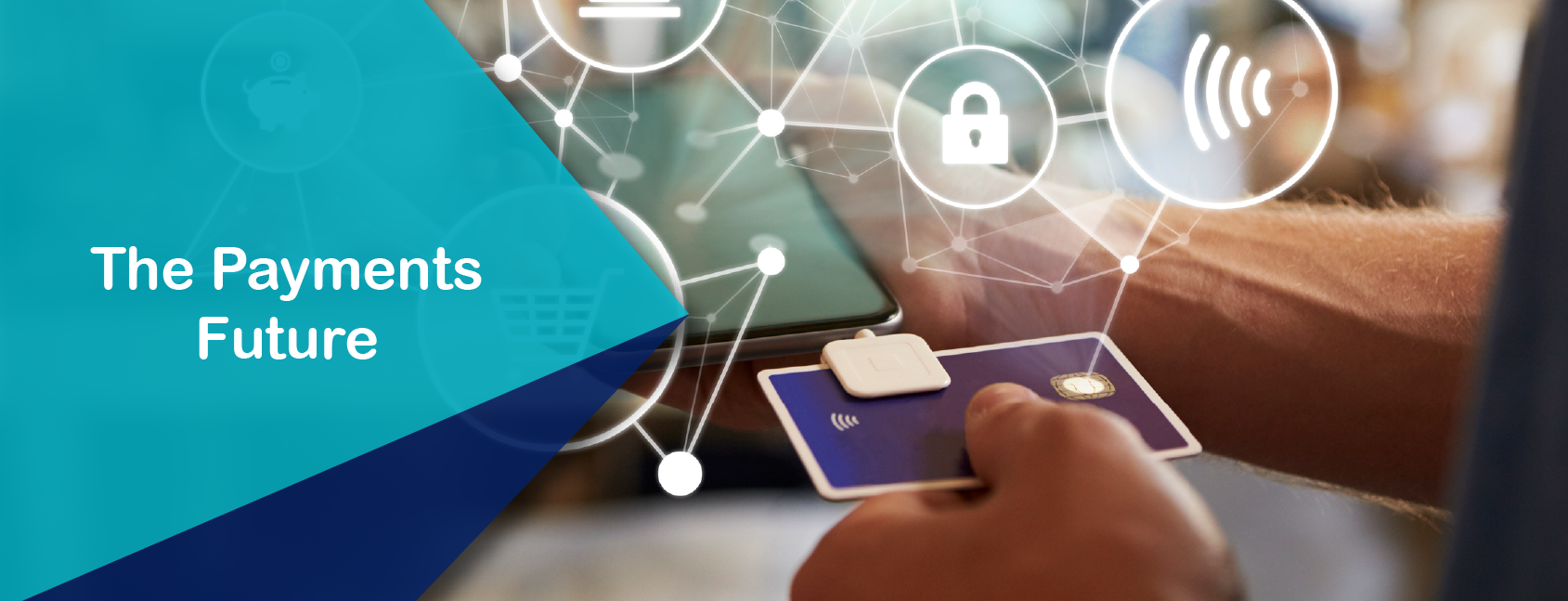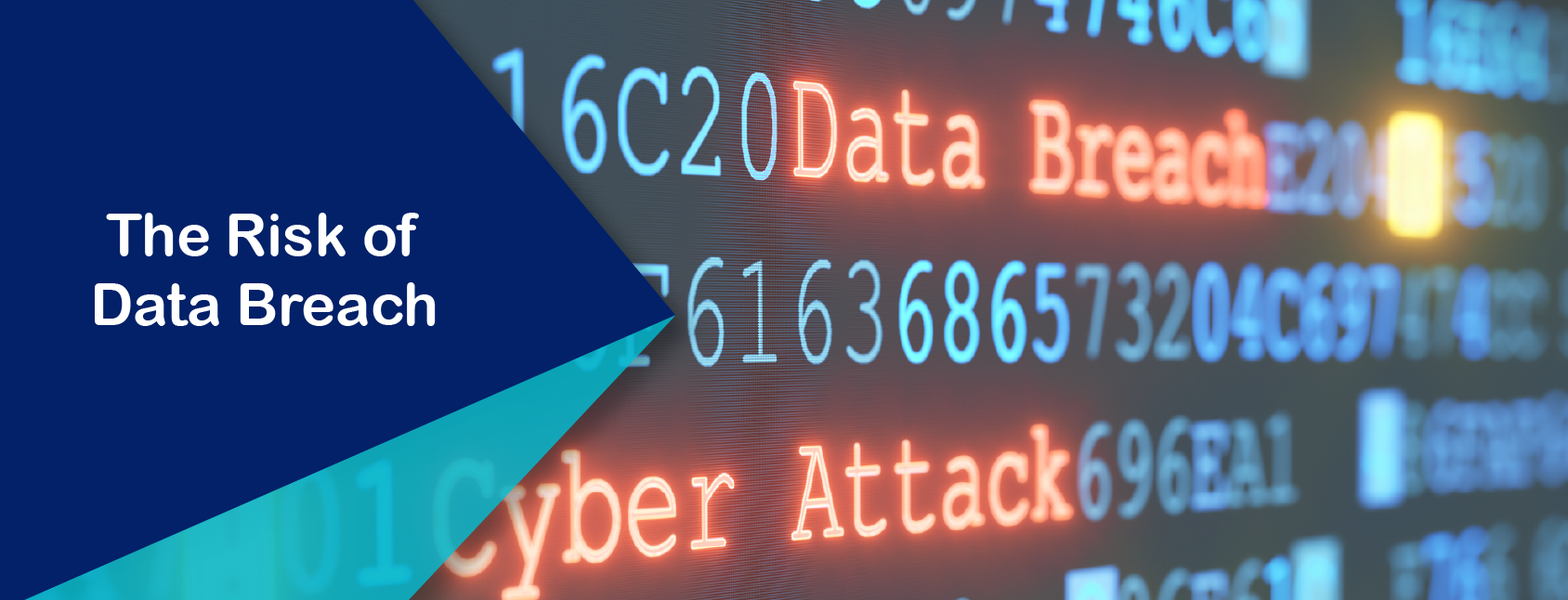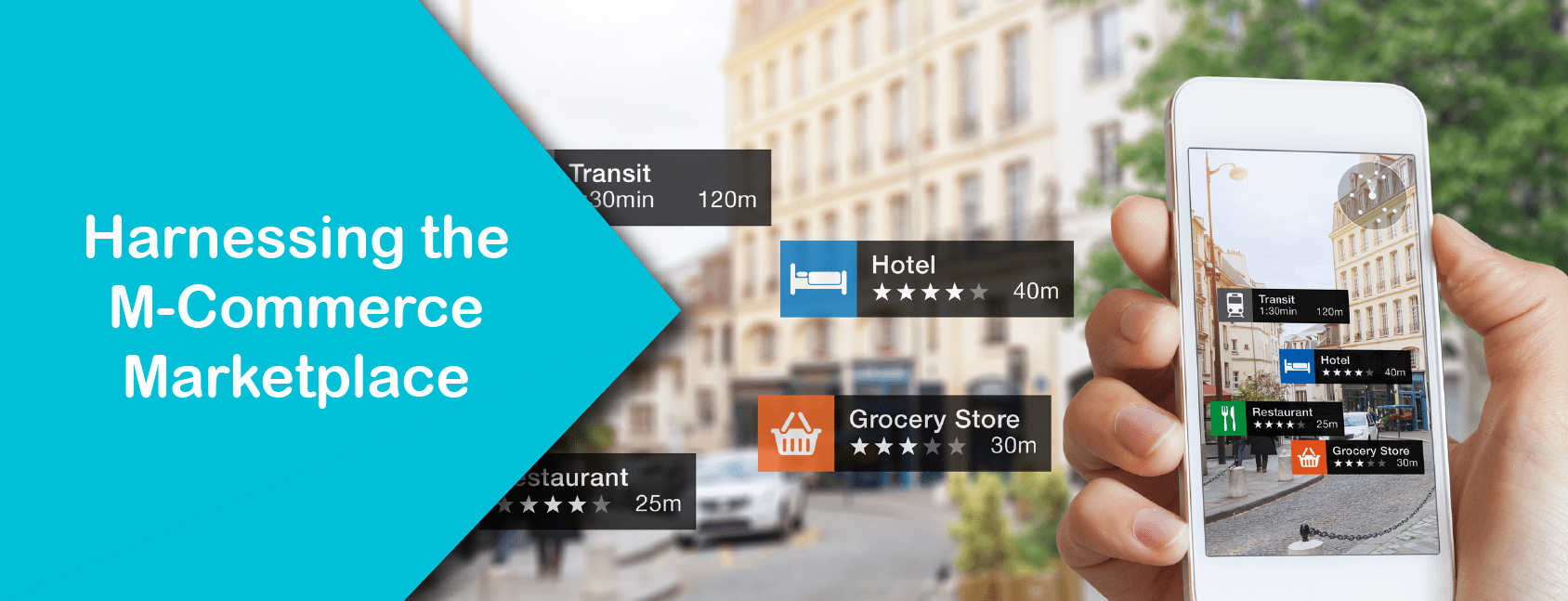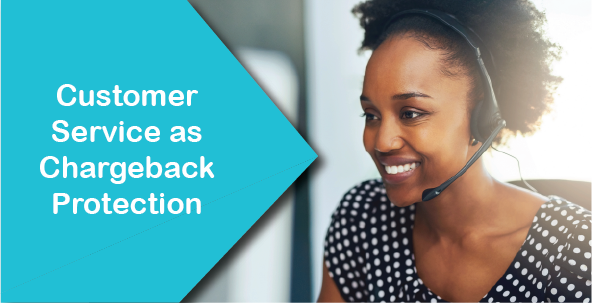
Merchants need customers. This is a simple fact of business. The challenge for merchants is to attract and then retain these customers. Building loyalty and encouraging customers to trust the brand are key in customer retention.
Long-term customer relationships often hinge on the customer’s first contact with the merchant. This often occurs when the customer contacts the customer service team with a problem or question. Now the pressure is on to find a solution and keep the customer satisfied. Any missteps during this first interaction can result in a lost sale, chargeback, friendly fraud, negative social media review, and a lost customer.
Merchants must not overlook the value of the customer service team. These employees are on the front lines of customer interaction and often deal with unhappy and even angry people. Solving customer problems, responding to questions, and going above and beyond can be the difference between a loyal customer and a lost one.
But what does this have to do with chargebacks and chargeback protection? Simply put, the more a customer service team provides outstanding service helping to resolve problems, the more likely they can prevent a chargeback.
Don’t Overlook Customer Service
To provide good customer service and prevent chargebacks, merchants must be accessible. Customers seek the easiest way to resolve their problem, and, too often, their first step is to contact their card-issuing bank. However, when merchants deal directly with the customer, they can frequently solve the problem and avoid a chargeback.
The problem is that most merchants lack the solutions to support direct customer-merchant interaction. Along with the implementation of a payment solution, such as CDRN which supports real-time communication with the customer, merchants need to train their customer service team to provide helpful resolution strategies.
- Be available. An unhappy customer might not have the patience to search for the customer service email address or phone number. Include a customer service email link, phone number, or feature a live chat option on every web page throughout the payment and checkout process.
- Be flexible. There are always exceptions to the rule, so consider empowering your customer service team to make decisions that do not rigidly conform to posted refund and return policies.
- Be loyal. Cater to your the long-term and VIP customers – especially during the busy holiday sales period. Clear review of your customer’s purchase history can help the customer service team member decide on how best to solve the problem.
- Be proactive. Respond to customer queries quickly and efficiently. Remember, the customer is unhappy and the longer she has to wait for a response, the more likely she is to file a chargeback.
Clear Lines of Communication
Your customers chose you and now you need to work hard to cultivate their loyalty. Don’t assume that a well-designed website, mobile app, or excellent product is all you need to retain your customers.
Maintaining customer loyalty comes down to clear and straightforward communication. Interact with your customers to respond to their problems and questions. Be available and make it easy for them to work with you.
Remember that you are not the only choice for the customer, so it’s important that you stand out from the crowd. You can do this with an outstanding customer service team and with the support that a dispute resolution solution such as CDRN provides.
Now is the time to review your customer service practices and analyze how you interact with your customers. Contact us today for advice from Verifi experts that will help put the solutions in place to prevent chargebacks and keep your customers loyal.
